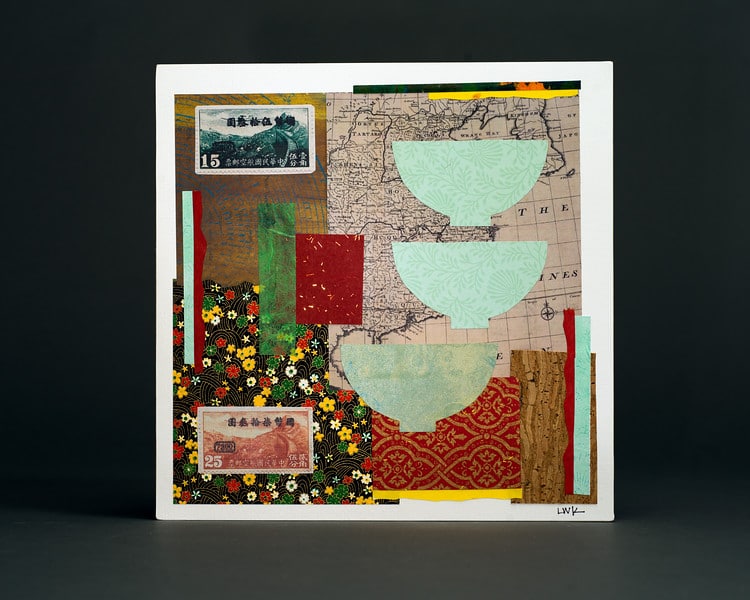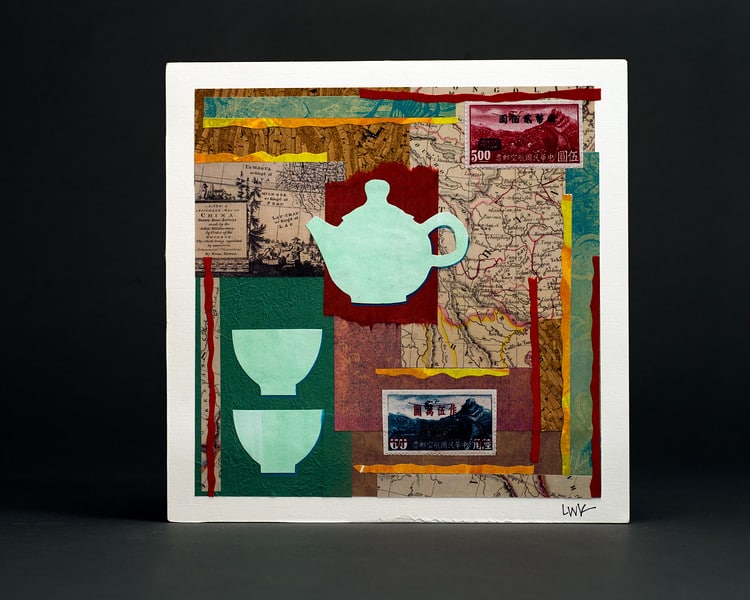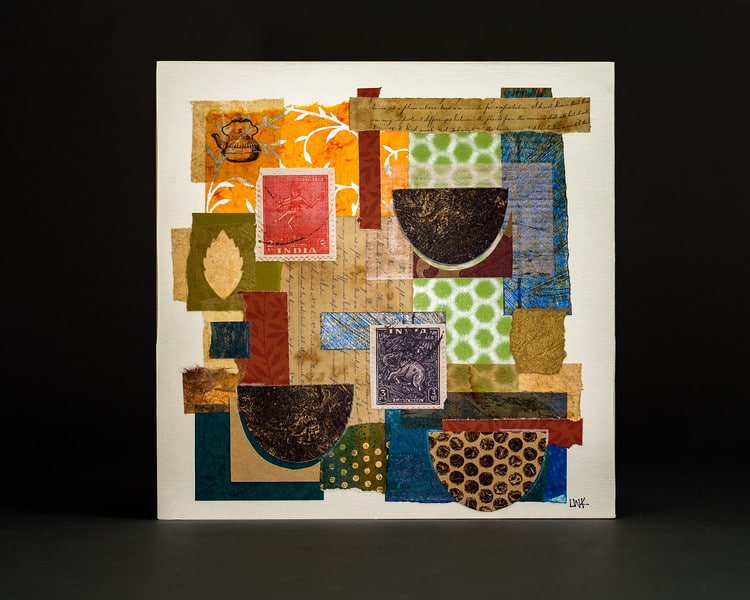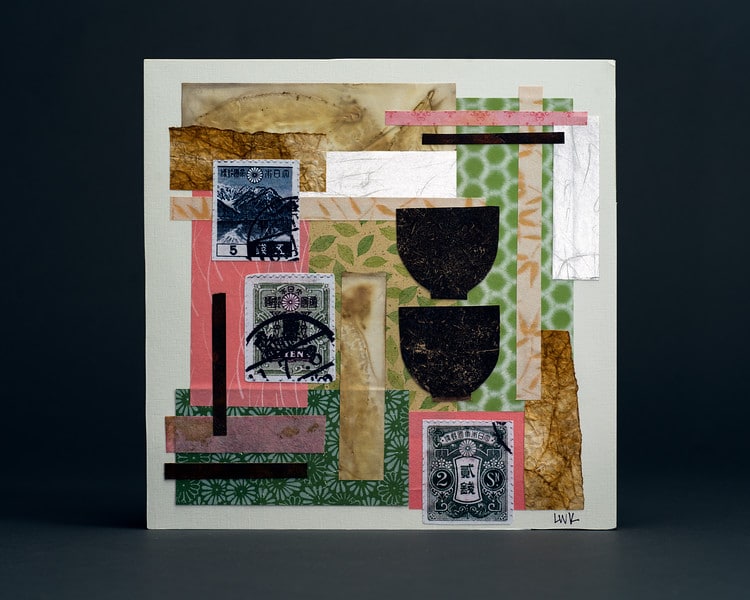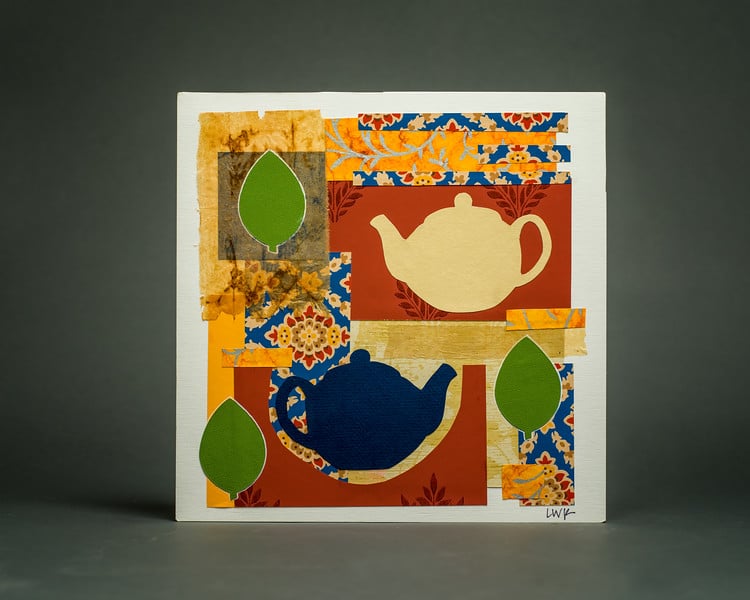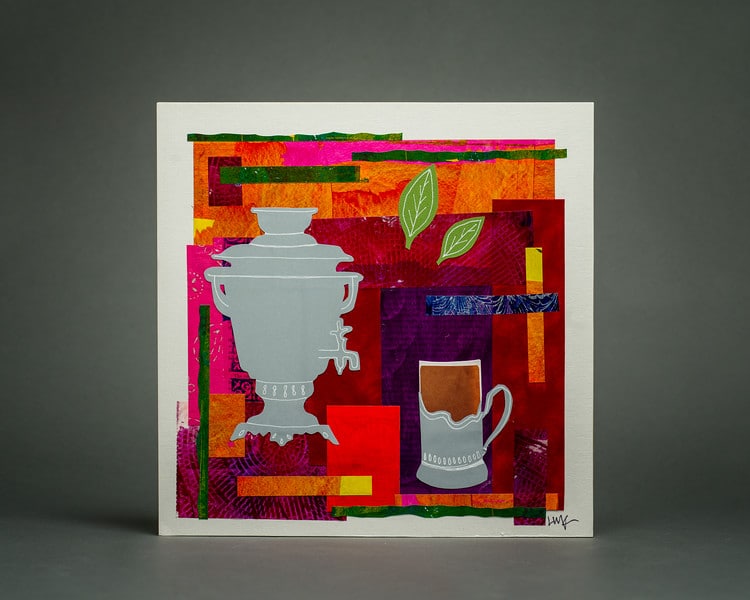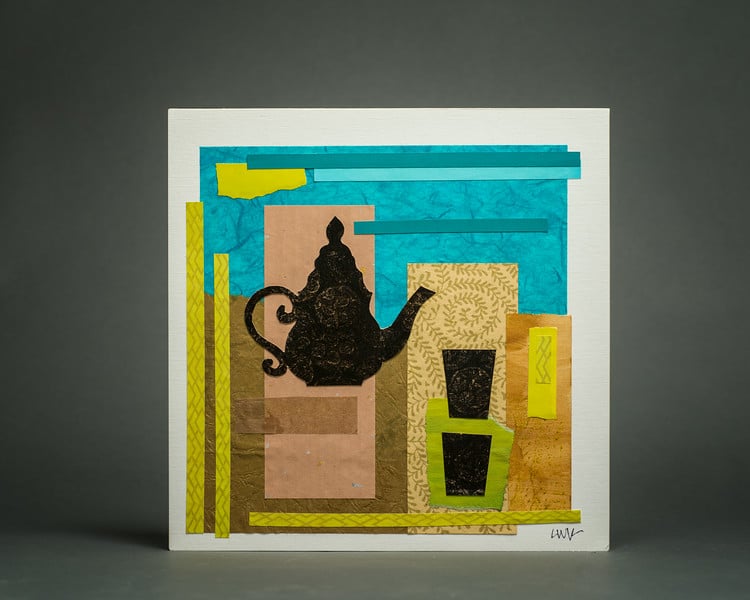Tea is the most consumed beverage in the world after water. From the tea served in small clay pots of Yixing China, the powdered matcha of Japan, the spicy masala chai of India, to the sweet, mint infused Touareg tea of Morocco, tea takes on a unique personality in each culture where it is enjoyed.
Even though tea seems different and distinct in different parts of the world, all true tea leaves come from one type of plant: Camellia sinensis. It is a relative of the ornamental flowering camellia that graces yards throughout much of the United States. The Camellia sinensis is native to southwest China but is now grown all over the world. The differences in the way tea traditions appear in different parts of the world are due to the way the leaves of the Camellia sinensis plant are processed and how the tea leaves are then prepared and served.
I am drawn to tea both as a beverage and as a theme because it carries a universal appeal. It is truly a beverage that connects all corners of our globe. One can learn world political and economic history through the study of tea as a commodity. The study of tea service allows us to become familiar with the customs of cultures around the world. Taking the time to contemplate a simple cup of tea can awaken one’s palate and improve one’s sense of taste. It seems that there is no end to what one can learn through a study of this plant and its long and varied history.
As I have explored these different threads of study, I have discovered that there is a dark side to the tea industry. The history of tea commerce is marked by colonialism and an unfettered exploitation of native labor. But the plant itself is not to blame for these all too human realities. I hope that tea can overcome its checkered past to become a beverage and commodity that connects people all over the world as a symbol of hospitality, ritual, and serenity. My “Impressions of Tea” collage series pays homage to the ideal of this much-loved plant.

